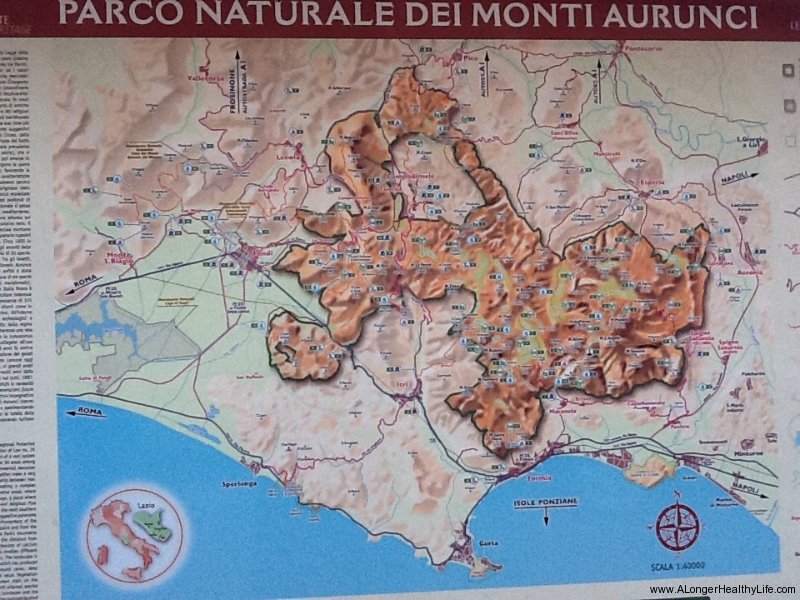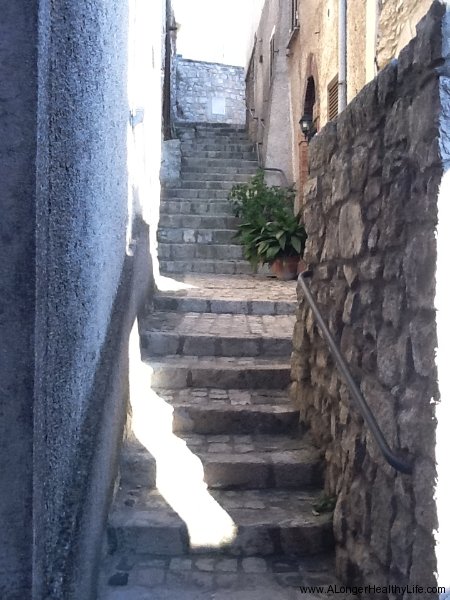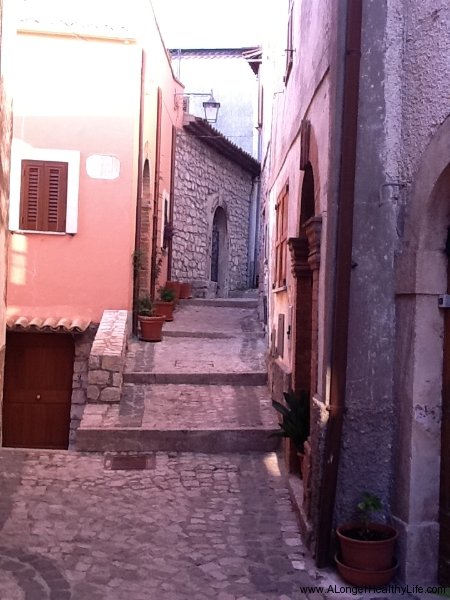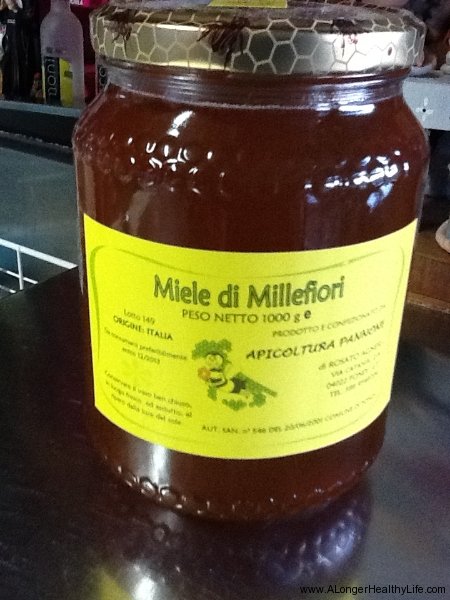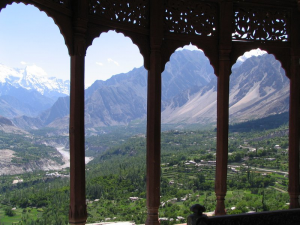 In northeast Pakistan, where the high Karakorum mountains meet the Hindu Kush and the Himalayas, is Hunza, a lush green valley thought to be the inspiration for Shangri La, the land of eternal youth described by James Hilton in his novel Lost Horizon.
In northeast Pakistan, where the high Karakorum mountains meet the Hindu Kush and the Himalayas, is Hunza, a lush green valley thought to be the inspiration for Shangri La, the land of eternal youth described by James Hilton in his novel Lost Horizon.
Hunza is sublimely beautiful, with its towering snow-capped peaks reaching high into the clear blue sky, its sheer rock surfaces sweeping almost vertically downward beneath them to its verdant green terraces, and the glacial blue river cutting its way through the valley floor below.
Hunza was traditionally very difficult to penetrate due to its treacherous mountain paths; once, even animals could not make their way into the valley on these rocky deathtraps and goods from outside could only be carried in by the legendary super-fit Hunzakut men. Today, there are roads, which are frequently blocked by boulders which have rolled down the precipitous slopes above, but which enable transport to enter and bring in modern goods and which are starting to alter the Hunza way of life.
In the 1960s and 70s there were exaggerated reports of Hunzakuts living to 150 or 160 years old, but these hyped reports were discredited and as a result the media lost interest in Hunza. However, it is indeed a Longevity Hot Spot where chronic disease is virtually unknown and people are vibrant until very old ages. Hunzakuts also live idyllic lives where there is no crime, no mental illness, no police and no hospitals; just one medical center which is usually empty. According to Western physicians who have visited Hunza, digestive disorders do not exist and cancer rates are almost zero.
When the US cardiologists Dr. Paul Dudley White and Dr. Edward G Toomey visited Hunza in 1964, they reported in the American Heart Journal that of 25 Hunzakut men they studied who were ‘on fairly good evidence, between 90 and 110 years old’, none showed a single sign of coronary heart disease, high blood pressure, or high cholesterol. Most Hunzakuts expect to live at least until their 80s if not into their 90s and 100s without having any need to visit a doctor; older people are physically and mentally active, and the later years are referred to as the ‘rich’ years.
In 1927, Dr. Robert McCarrison tested the Hunza diet on rats. He gave the rodents whole grain chapattis, sprouted legumes, fresh raw carrots, fresh raw cabbage, unpasteurized fresh milk, a little meat just once a week, and ample water, fresh air, sunlight, and exercise. The rats were sacrificed at 27 months and examined. Even Dr McCarrison himself was amazed to find that there were no detectable signs of pathology in any of the rats. He had also observed them when alive to be alert and happy and to live in harmony with each other. McCarrison then tested other diets on rats – either a Bengali diet of white rice, vegetables and spices or an English diet of white bread, tinned food and sugared tea. The rats duly developed diseases of every organ and behaved viciously towards each other.
The Hunza diet and lifestyle accords with the principles of longevity living and so it is hardly surprising that the Hunzakuts enjoy such vibrant good health and long, happy lives.
Learn More About Life Longevity in Hunza Pakistan!
What do People in Hunza Pakistan Eat to Achieve Life Longevity?
What Kind of Lifestyle do People in Hunza Pakistan Live in Order to Achieve Life Longevity?








